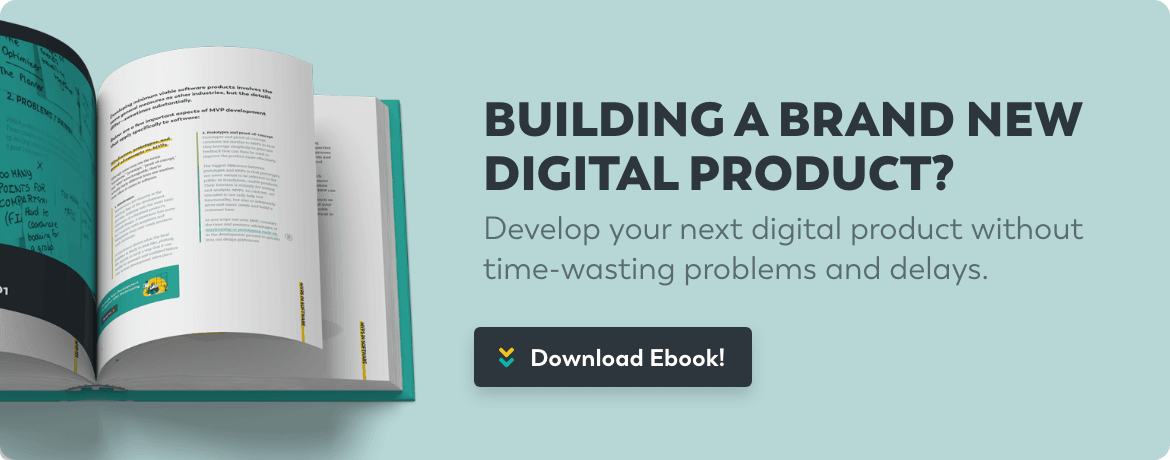Companies often put more thought and effort into attracting customers than into retaining them. Marketing, advertising, and PR are generally aimed at raising awareness among new audiences rather than encouraging repeat business. Yet a customer’s greatest value lies in the prospect of ongoing business, quite apart from word-of-mouth recommendations. It costs five times more to attract a new customer than to retain an existing one, and their first purchase isn’t the only value a new client may bring in the long term.
It’s often assumed that identifying customer lifetime value is complex or time-consuming. Typically shortened to CLV (or occasionally CLTV), the customer lifetime value is a calculation of how much a client may spend on your product or service in total.
This is often easy to work out: A one-year SaaS contract costing $2,000 a month is worth $24,000 if the client leaves after a year. But what if every customer stays on your books for different time periods? What if you can upsell them additional goods or services? Their lifetime value might increase many times over an initial payment or subscription.
A guide to calculating customer lifetime value
Precise calculations vary by industry and product, so this can only be an approximation. Nevertheless, there are two main factors you need to know to calculate customer lifetime value:
- Average customer revenue: If customer A spends $10 per month on a one-year contract and customer B makes a one-off $100 annual purchase, their average annual income is $110.
- Churn rate: What percentage of customers request repeat business, and how long do they stay on your books? From this, you can work out average customer lifetimes.
If customers bring in an average revenue of $1,000 per year into your business, and typically stay with you for three years, the customer lifetime value averages $3,000. Indeed, we’ve previously calculated that companies spend $2,633 every year on SaaS for each and every employee. Those SaaS companies will only make a profit if the CLV exceeds client acquisition costs and other related business expenses.
That sounds simple!
It would be great if customer lifetime value was that easy to work out. In reality, many other factors may need to be accounted for in your calculations:
- Discounts: A renewing customer might pay full price where they previously enjoyed an introductory discount, or get offered a discount to prevent them from leaving you for a rival company.
- Early terminations or departures: What proportion of clients will quit trading, cancel their contracts prematurely, or downgrade their packages over a typical 12-month period?
- Upscaling: Are customers paying more for additional services (in-app purchases, upgraded storage, etc.) at certain points in their journeys?
- Varying loyalty at different price points: Do customers on your cheapest package or plan stay longer than those on more expensive platforms? (The reverse is often true.)
- Additional costs: Are some customers costing you more than others, either in discounts, resources, or other quantifiable regards like returned goods?
- Historic data: Consider whether your clients have changed post-pandemic. Issues like home working have transformed the use of SaaS, often reducing the significance of pre-2020 data.
What should I do with this information?
Firstly, take some time to study the statistics that come back.
They’re bound to be informative, and might even be shocking. Relaying this back to your staff gives them an instant overview of customer value, reminding client-facing staff of the importance of proactive customer service.
CLV can serve as a key performance indicator, showcasing how a company is moving toward its objectives. It might shine a light on a high churn rate during the onboarding process (the leading cause of churn among SaaS businesses), or highlight that a significant percentage of customers don’t renew after their contract ends.
Next, use CLV data to identify areas where customers aren’t generating the maximum amount of value. Perhaps sales teams need to upsell additional services and related products more assertively, or maybe value-added services need to be marketed more clearly. It may also shock SaaS providers to discover how much ancillary services like free storage are costing as a proportion of CLV.
Long-term steps
Once you’ve calculated a CLV figure, use it to shape your business’s long-term objectives and targets. We offer more advice on this in our guide to metrics that’ll keep your business on track.
You might want to target different audience demographics, according to who is most likely to bring long-term value to your business. Alternatively, it may be advisable to tackle churn by incentivizing customers to remain loyal, or embedding them further into your software ecosystem (so it’s harder for them to leave).
Take client criticism of your software or services on board rather than dismissing it, and try to win back lost clients. It’s far more cost-effective than attempting to attract new business from scratch.
